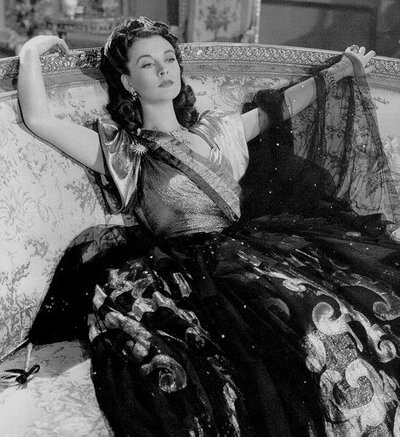Dick
Senior HTF Member
- Joined
- May 22, 1999
- Messages
- 9,937
- Real Name
- Rick
C'mon, Mr. Feltenstein, I know you read these threads
Why isn't anyone screaming about THE MAN WHO CAME TO DINNER not on Blu?
One of our good members @Allen Hollis posted this photo on his Facebook page A smile came to my face. I saw this movie for the first time in the last two years and LOVED IT! I mean, Sheridan Whiteside is one of the most animated, enjoyable characters ever to light up the screen. So, I looked...www.hometheaterforum.com
Fine movie, Ron, and I'm glad people are requesting it on Blu-ray (I concur), but ya gotta be a little more gentle with Mr. Feltenstein. He's still trying to recover from his temporary ouster. Things should return to whatever "normal" is eventually. I'd love to see the last two Lewtons, SINBAD THE SAILOR, GUNGA DIN, and bunches more. But, even at age 72, I have to be patient (not a long suit of mine, to be sure!) Why, Ron, you're just a spring chicken!






